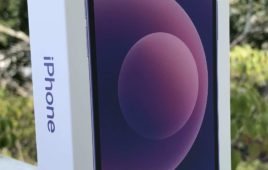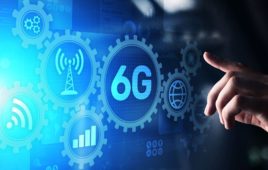If one looks across the mobile advertising track at this year’s Mobile World Congress, without exception, each of the individual sessions posits a question that pertains to the effectiveness of the medium.
Of course, mobile as a communications and advertising medium works. Juniper Research projects 2012 to be a $15 billion year for the industry, which represents a 50-percent increase in revenue over 2011. To achieve this growth, mobile marketers will have to improve their effectiveness, specifically their means of communicating with consumers and generating a substantial increase in conversion rates.
 Here are three high-level recommendations for mobile marketers to reach that $15 billion goal:
Here are three high-level recommendations for mobile marketers to reach that $15 billion goal:
1. Impression Saturation Drives Decline in Response Rates: The Volume Game Is Dead
According to comScore, the number of worldwide digital-marketing impressions in 1996 was approximately 127 million. By 2010, that number surged to more than 5.1 trillion impressions. Since 2000, we have seen a 572-percent increase in the number of impressions that consumers receive digitally.
The significance of these numbers becomes clear when one looks at the response rates that correspond to these timelines. In 1996, click-through rates were seven (7) percent. In 2010, they were less than one-tenth of one percent (<0.1%). That is a staggering drop.
Based on these numbers, mobile marketers and brand owners must confront the question of whether consumers have reached their saturation point.
Mobile marketers must reconceive their volume-based impressions approach in favor of more effective, higher-quality communications.
2. The Search for Technology Solutions to Target and Personalize Consumer Engagement via Mobile
If mobile marketers move away from bombardment-style consumer engagement to avoid their customers “turning a deaf ear,” they will need to speak less, and when they do speak, do it in more convincing ways. What does this mean?
If marketers communicate with their customers less, those promotions and offers must be highly relevant to the consumers who receive them. Consumer engagements over mobile must be tailored, even personalized, to drive the highest response rates.
Personalizing mobile-marketing promotions for millions of customers requires consumer segmentation, and this can only be accomplished through technology solutions that perform advanced analytics based on how mobile users respond to a mobile campaign. These analytics must be evaluated in real time, then optimized on the fly to ensure that different consumer segments receive the proper communications based on their responses to promotions and offers.
Mobile marketers must consider how technology can remove the guesswork in driving high response rates by analyzing actual consumer-engagement data and optimizing communications in real time.
3. Mobile Marketing Evolves into Broader Digital Marketing Focused on Consumer Engagement
The reliance on technology to help the direct-marketing process will not be confined to mobile; it will include online advertising, video and social media marketing, digital signage and other forms of electronic engagement. However, because mobile marketers will be at the forefront of using technology to perform consumer segmentation and real-time optimization of campaigns, the role of the mobile marketer will evolve to encompass a broader digital-marketing focus that emphasizes consumer engagement.
In the very near future – and this topic will be discussed at Mobile World Congress – watch for mobile marketing campaigns to converge with wider digital marketing strategies designed for rollout across multiple channels to focus on the consumer. The mobile channel specialist will begin to be eclipsed by that of the “mobile consumer” strategist, and marketers need to ready themselves for this change. Going forward, brand marketers need to focus on the consumer and not the device used for communication, as strategies become more integrated.
Marco Veremis is president and co-founder of Upstream.




